Description
Specifications
| Hardware Specifications | RG-AP680-IO |
| 802.11n | Eight spatial streams
???Radio 1??C?2.4 GHz: 4×4?MIMO,?four spatial streams ???Radio 2??C?5 GHz:?4×4 MIMO, four spatial streams Channels: ???Radio 1??C 2.4 GHz: 20 MHz?and?40 MHz ???Radio 2 ?C 5 GHz: 20 MHz?and?40 MHz Combined peak data rate: 1.2?Gbps ???Radio 1??C 2.4 GHz:?6.5 Mbps to?600 Mbps (MCS0 to MCS31?) ???Radio 2 ?C 5 GHz:?6.5 Mbps?to?600 Mbps (MCS0?to?MCS31) Radio technologies: Orthogonal Frequency-Division Multiplexing (OFDM) Modulation types: BPSK, QPSK, 16-QAM, 64-QAM, 256-QAM Packet aggregation: ???Aggregate MAC Protocol Data Unit (A-MPDU) ???Aggregate MAC Service Data Unit (A-MSDU) Dynamic Frequency Selection (DFS) Cyclic Delay/Shift Diversity (CDD/CSD) Maximum Ratio Combining (MRC) Space-Time Block Coding (STBC) Low-Density Parity Check (LDPC) Transmit beam-forming (TxBF) |
| 802.11ac | Four spatial streams
???Radio 2??C?5 GHz:?4×4 MIMO, four spatial streams Channels: ???Radio 2??C?5 GHz: 20 MHz, 40 MHz, 80 MHz, and 160 MHz Combined peak data rate: 3.467?Gbps ???Radio 2??C?5 GHz: 6.5 Mbps to?3.467?Gbps (MCS0 to?MCS9) Radio technologies: Orthogonal Frequency-Division Multiplexing (OFDM) Modulation types: BPSK, QPSK, 16-QAM, 64-QAM, 256-QAM,?1,024-QAM Packet aggregation: ???Aggregate MAC Protocol Data Unit (A-MPDU) ???Aggregate MAC Service Data Unit (A-MSDU) Dynamic Frequency Selection (DFS) Cyclic Delay/Shift Diversity (CDD/CSD) Maximum Ratio Combining (MRC) Space-Time Block Coding (STBC) Low-Density Parity Check (LDPC) Transmit beam-forming (TxBF) |
| 802.11ax | Eight spatial streams
???Radio 1??C?2.4 GHz:?4×4?uplink/downlink MU-MIMO,?four spatial streams ???Radio 2??C?5 GHz:?4×4?uplink/downlink MU-MIMO, four spatial streams Channels: ???Radio 1??C?2.4 GHz: 20 MHz?and?40 MHz ???Radio 2??C?5 GHz: 20 MHz, 40 MHz, 80 MHz, and 160 MHz Combined peak data rate: 5.951?Gbps: ???Radio 1??C?2.4 GHz: 8.6 Mbps to?1.147?Gbps (MCS0 to?MCS11) ???Radio 2??C?5 GHz: 8.6 Mbps to?4.804 Gbps (MCS0 to?MCS11) Radio technologies:?uplink/downlink Orthogonal Frequency-Division Multiple Access (OFDMA) Modulation types: BPSK, QPSK, 16-QAM, 64-QAM, 256-QAM, 1024-QAM Packet aggregation: ???Aggregate MAC Protocol Data Unit (A-MPDU) ???Aggregate MAC Service Data Unit (A-MSDU) Dynamic Frequency Selection (DFS) Cyclic Delay/Shift Diversity (CDD/CSD) Maximum Ratio Combining (MRC) Space-Time Block Coding (STBC) Low-Density Parity Check (LDPC) Transmit beam-forming (TxBF) WPA3 |
| Antenna | Wi-Fi
???2.4 GHz: four built-in omnidirectional antennas, with peak antenna gain of?6 dBi. ???5 GHz: four built-in omnidirectional antennas, with peak antenna gain of?5 dBi. Bluetooth ???One integrated vertically polarized omnidirectional antenna, with peak antenna gain of?3 dBi. |
| Port | 1 x 100/1000/2.5G/5GBase-T RJ45 Ethernet port with auto-negotiation
1 x 100/1000Base-T RJ45 Ethernet port with auto-negotiation 1 x 10GE optical port,compatibility with 1GE and 2.5GE 1 x RJ45 console port (serial console port) 1?x Bluetooth 5.1 |
| Status LED | 1 x multi-color system status LED
???AP power-on status ???Software initialization status and upgrade status ???Uplink service interface status ???Wireless user online status ???CAPWAP tunnel?timeout ???Specific AP?locating Three single-color signal strength LEDs: ???Whether bridging is enabled ???Whether bridging is successful ???Wireless signal strength after successful bridging |
| Button | 1 x Reset button
???Press the button for shorter than 2 seconds. Then the device restarts. ???Press the button for longer than 5 seconds. Then the device restores to factory settings. |
| Dimensions (W x D x H) | Main unit:?300 mm x 300 mm x 94 mm (11.81 in. x 11.81 in. x 3.70 in.)
Shipping:?470 mm x 410 mm x 170 mm (18.50 in. x 16.14 in. x 6.69 in.) |
| Weight | Main unit: 3.3 kg (7.28 lbs)
Mounting bracket: 1.2 kg (2.65 lbs) Shipping: 6.5 kg (14.33 lbs) |
| Mounting | Wall/Pole-mounting (a mounting bracket is delivered with the main unit) |
| Input power supply | PoE input over LAN 1: The power source equipment (PSE) complies with IEEE 802.3af/at/bt standard (PoE/PoE+/PoE++). |
| Maximum power consumption | Maximum power consumption: 40 W
???802.3af (PoE): 12.95 W, the AP starts up normally. Bluetooth and GPS work properly; all RF cards do not work; external power supply of the PSE is disabled. ?? 802.3at (PoE+): 25 W, the AP starts up normally. LAN 2 cannot supply power to external devices. ???802.3bt (PoE++): 40 W, the AP operates with the optimal performance. ???Idle mode: 10?W |
| Environment | Storage temperature: ?C40??C to +85??C (?C40??F to +185??F)
Storage humidity: 0% RH to 100% RH (non-condensing) Storage altitude: ?C500 m to +5,000 m (?C1640.42 ft. to +16,404.20 ft.) Operating temperature: ?C40??C to +65??C (-40??F to +149??F) Operating humidity: 0% RH to 100% RH (non-condensing) Operating altitude: ?C500 m to +3,000 m (?C1,640.42 ft. to +9,842.52 ft.) Note: At an altitude in the range of 1,800?C3,000 m (5,905.51?C9,842.52 ft.), every time the altitude increases by 166 m (544.62 ft.), the maximum temperature decreases by 1??C (1.8??F). |
| Mean Time Between Failure (MTBF) | 200,000 hours (22 years) at the operating temperature of 25??C (77??F) |
| System memory | 2 GB DRAM,?256 MB flash |
| Transmit power | 2.4 GHz
???Maximum transmit power: 30?dBm (1,000 mW) ???Minimum transmit power: 10 dBm (10 mW) 5 GHz ???Maximum transmit power: 29?dBm (795 mW) ???Minimum transmit power: 9 dBm (7.94 mW) Note: ???Adjusting the transmit power by percentage (recommended) and in 1dBm increments. ???The transmit power is limited by local regulatory requirements.?For details, see?WLAN Country or Region Codes and Channel Compliance. |
| GPS positioning | Supported |

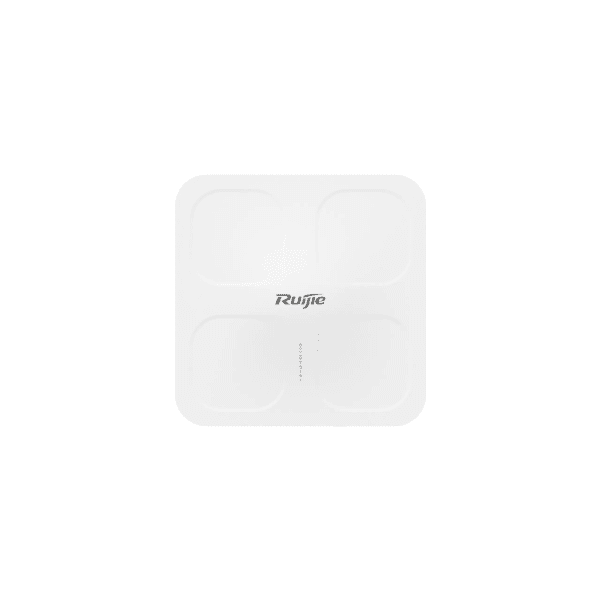
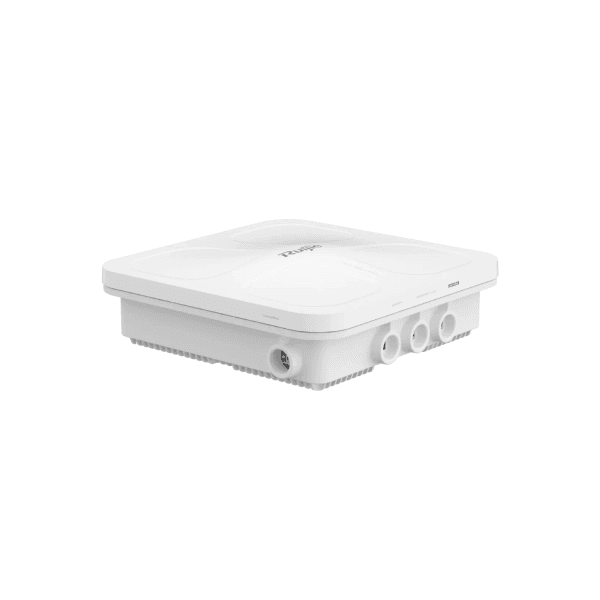
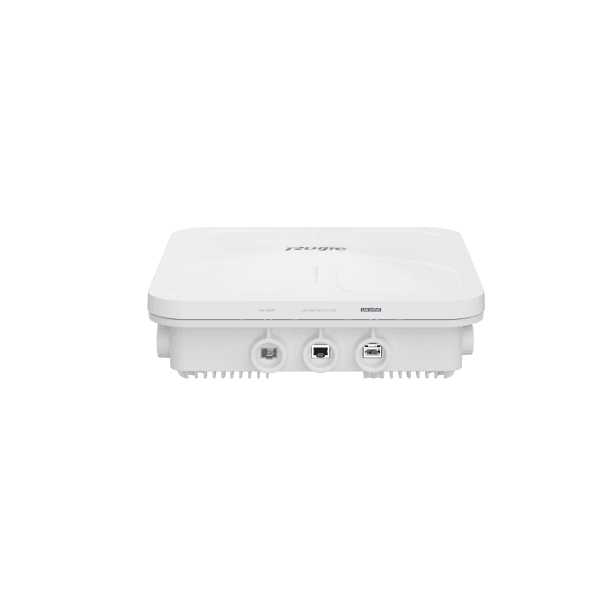
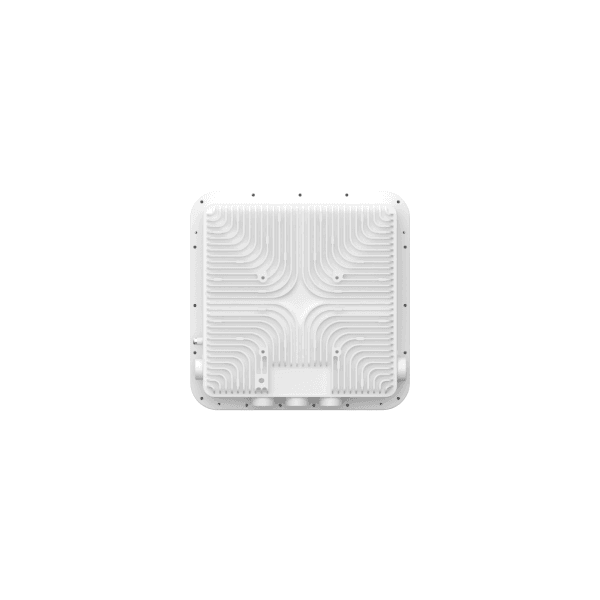
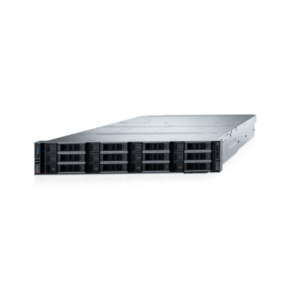
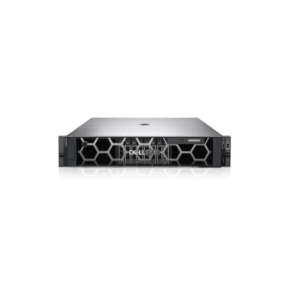
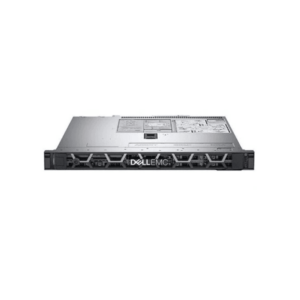


Reviews
There are no reviews yet.